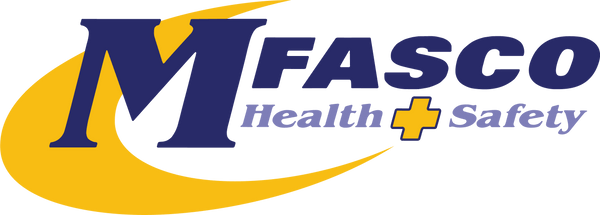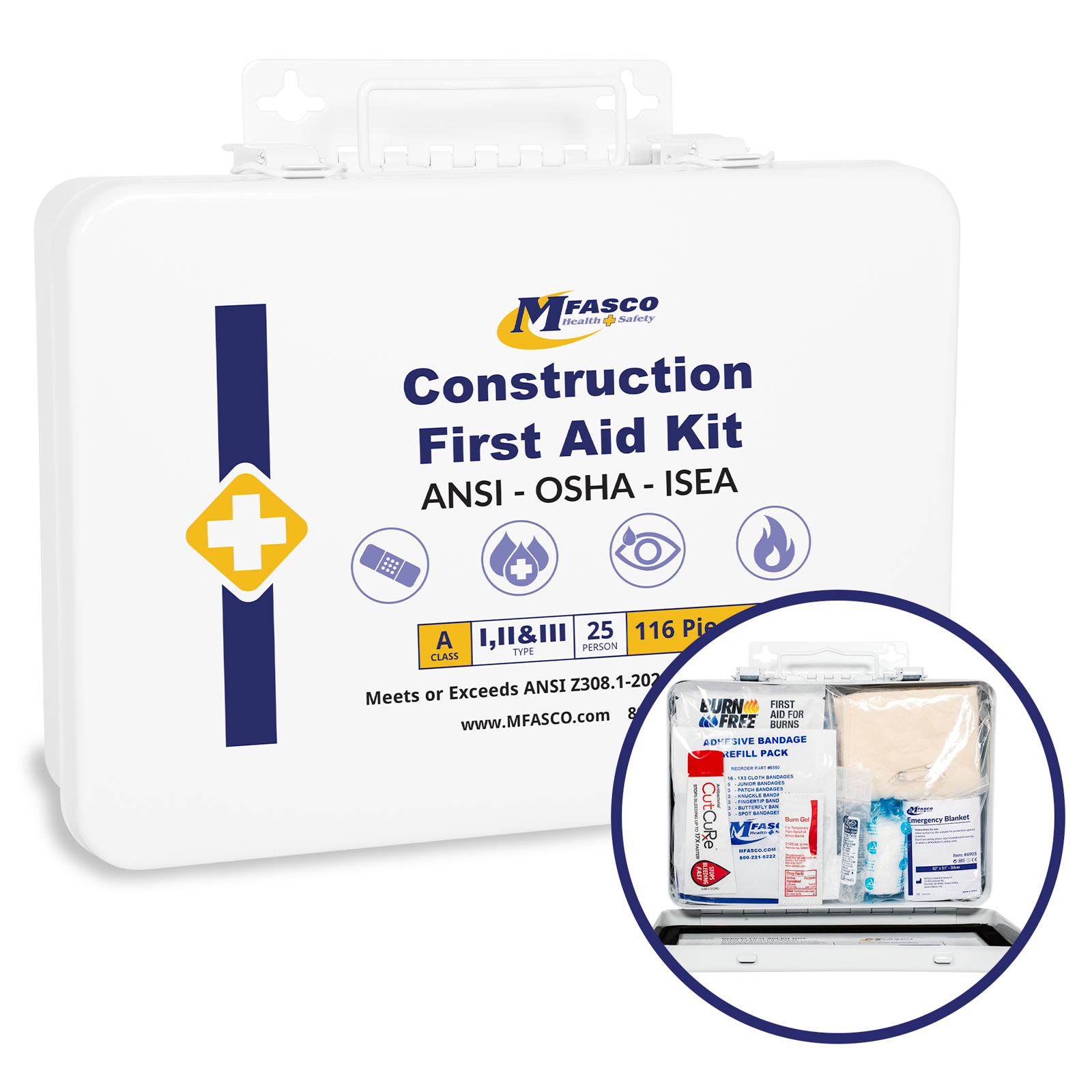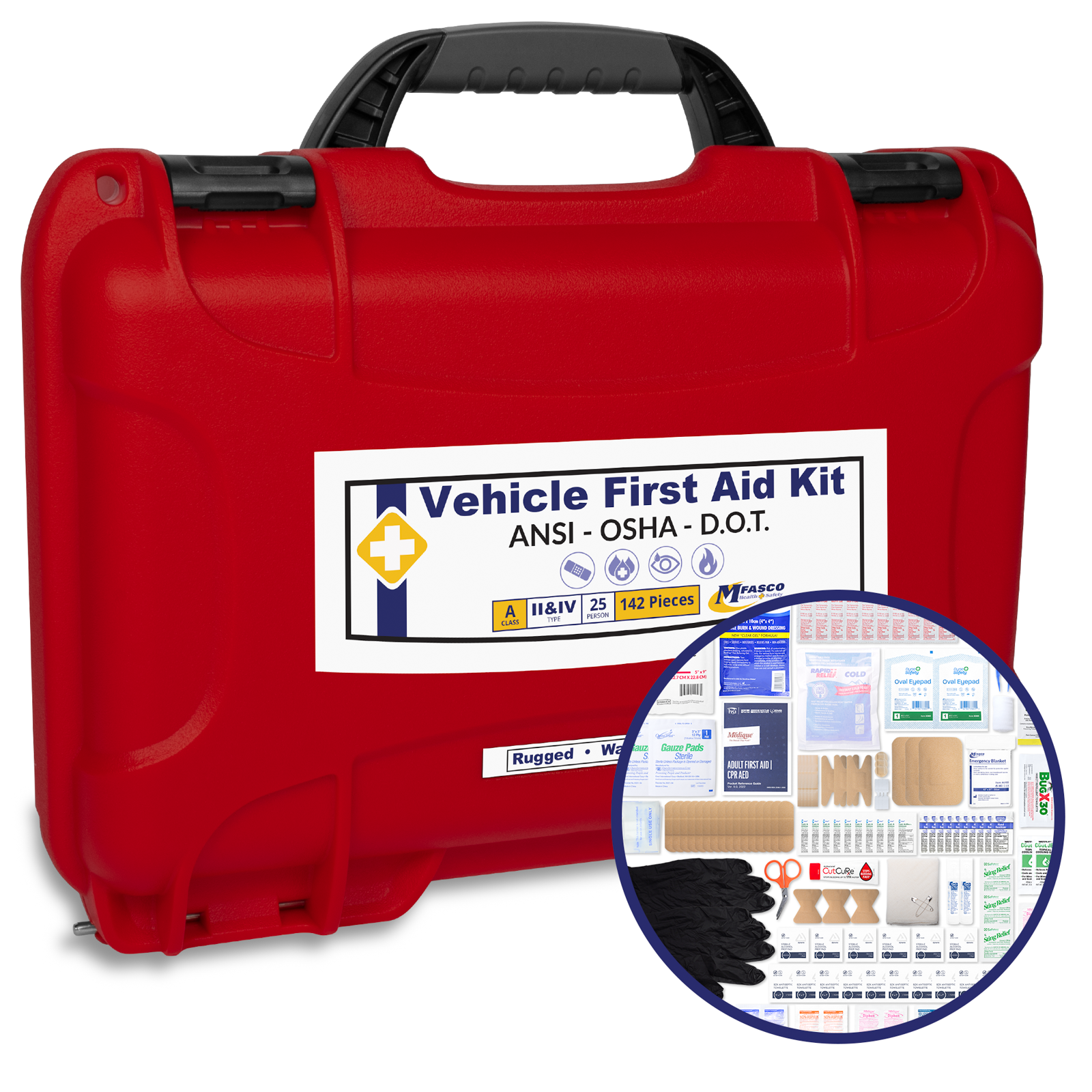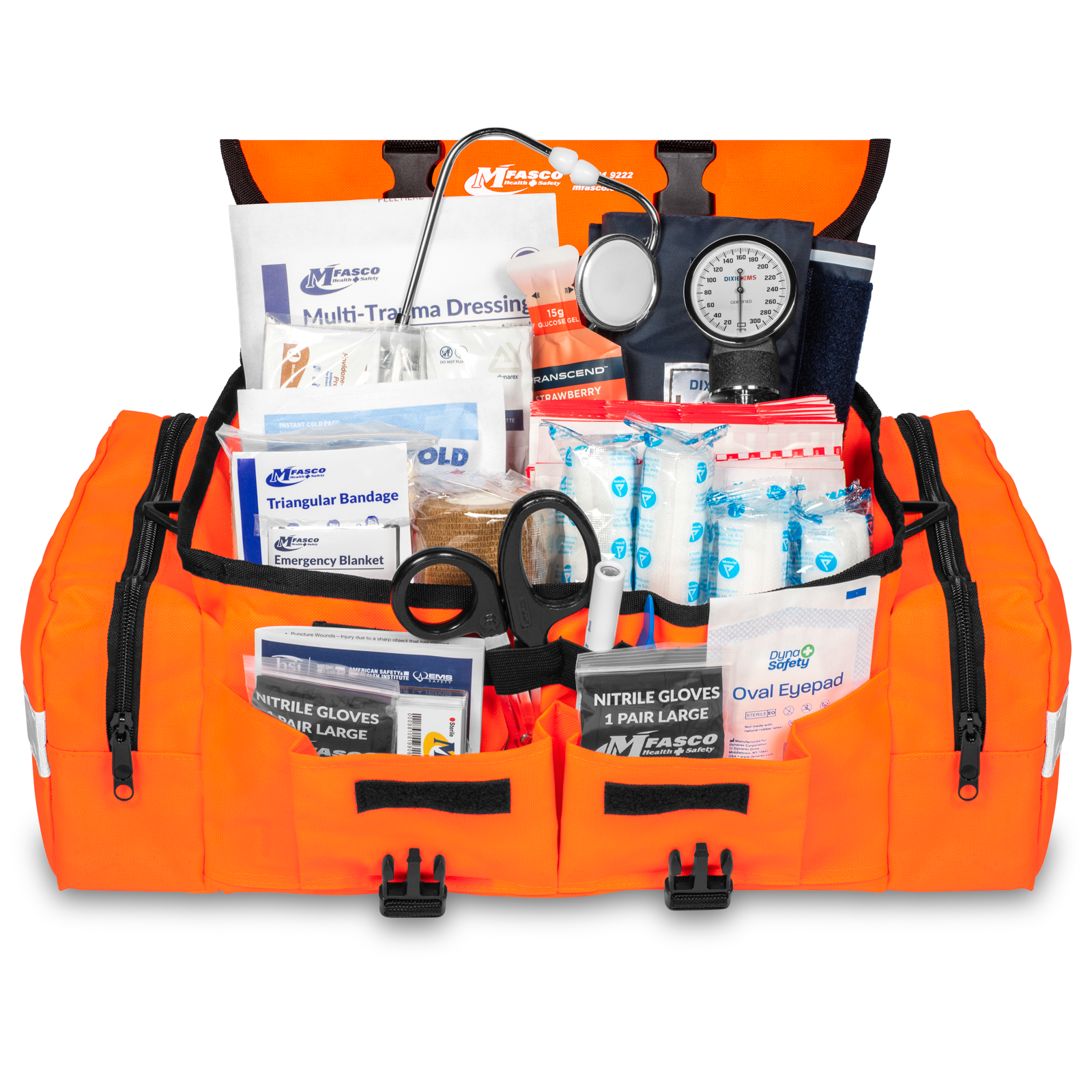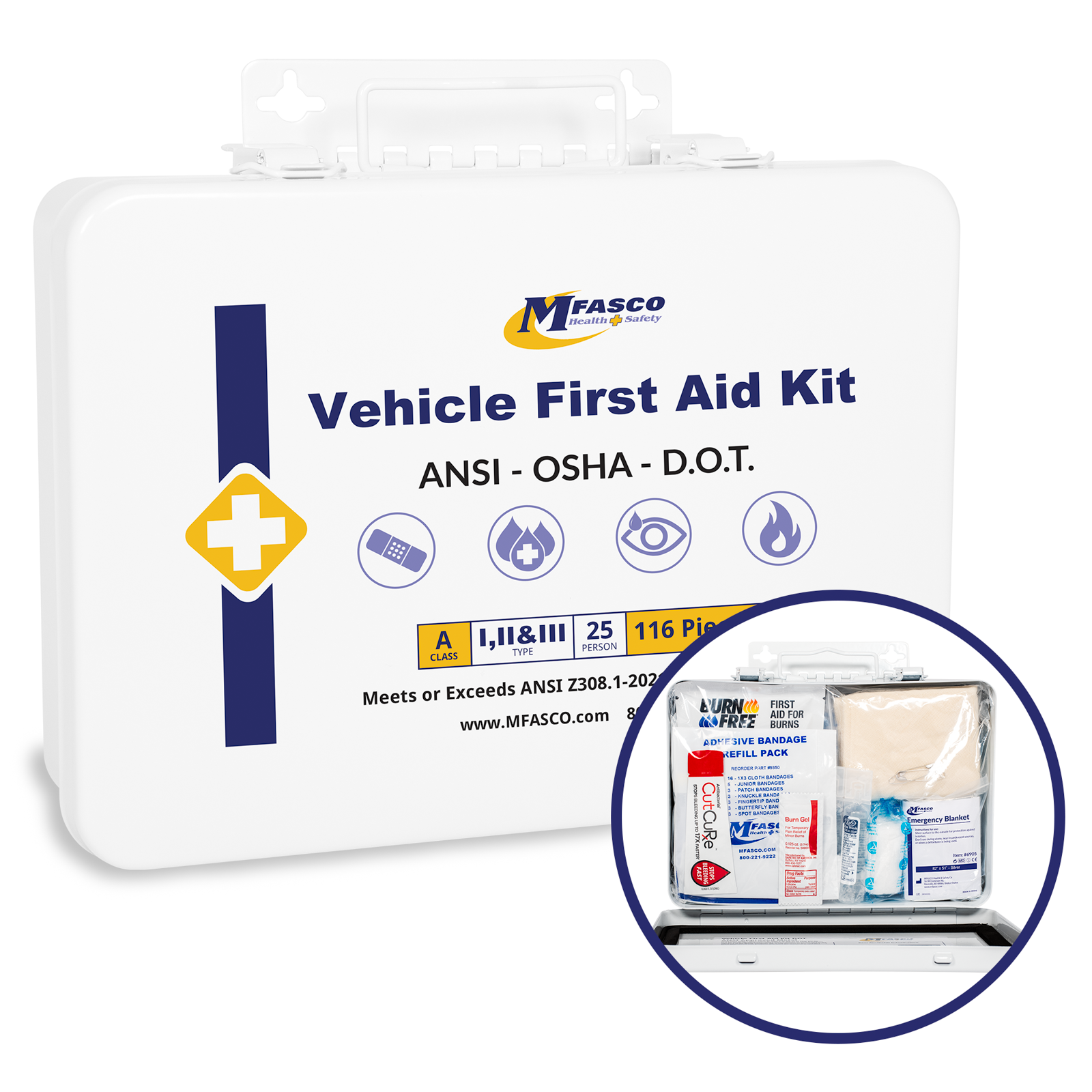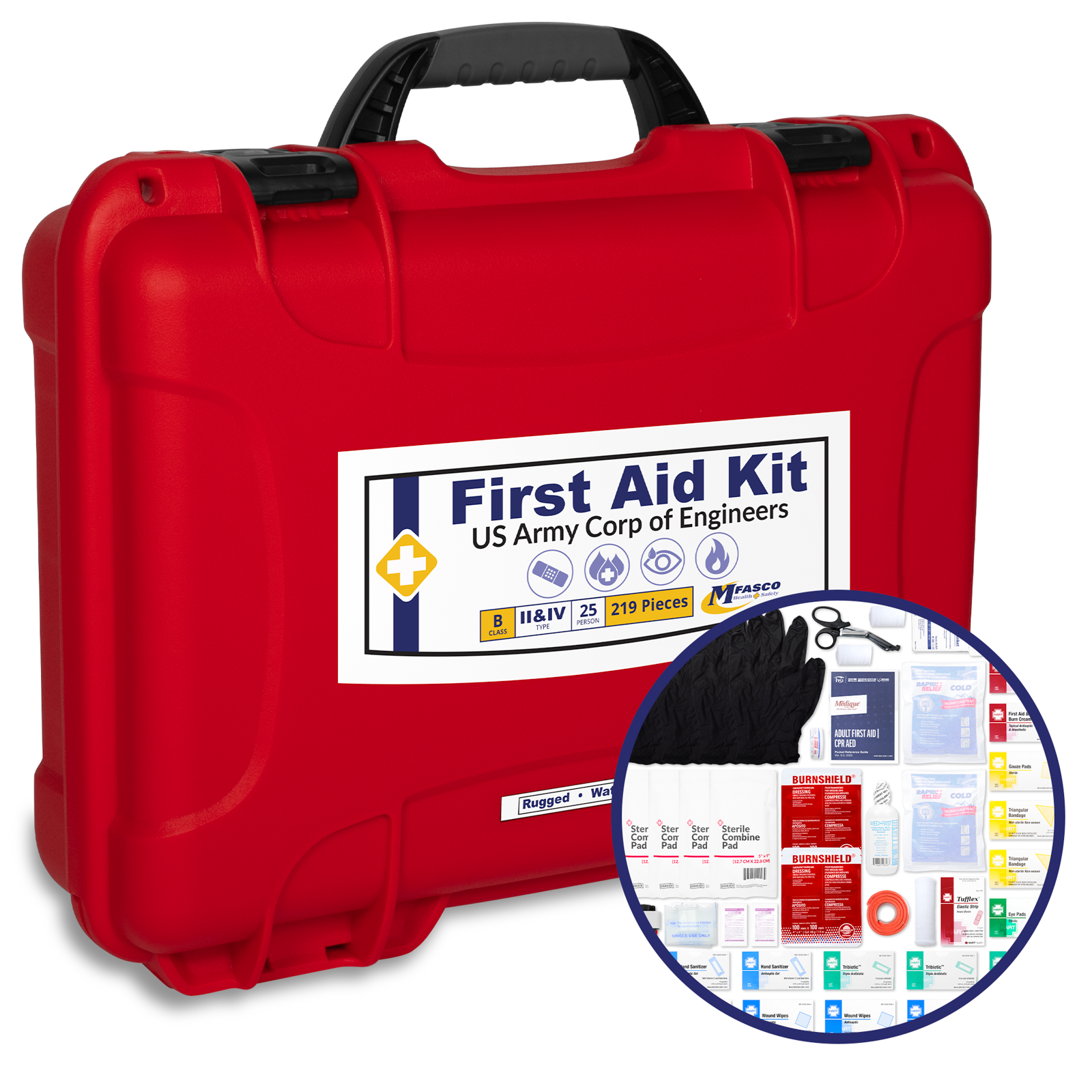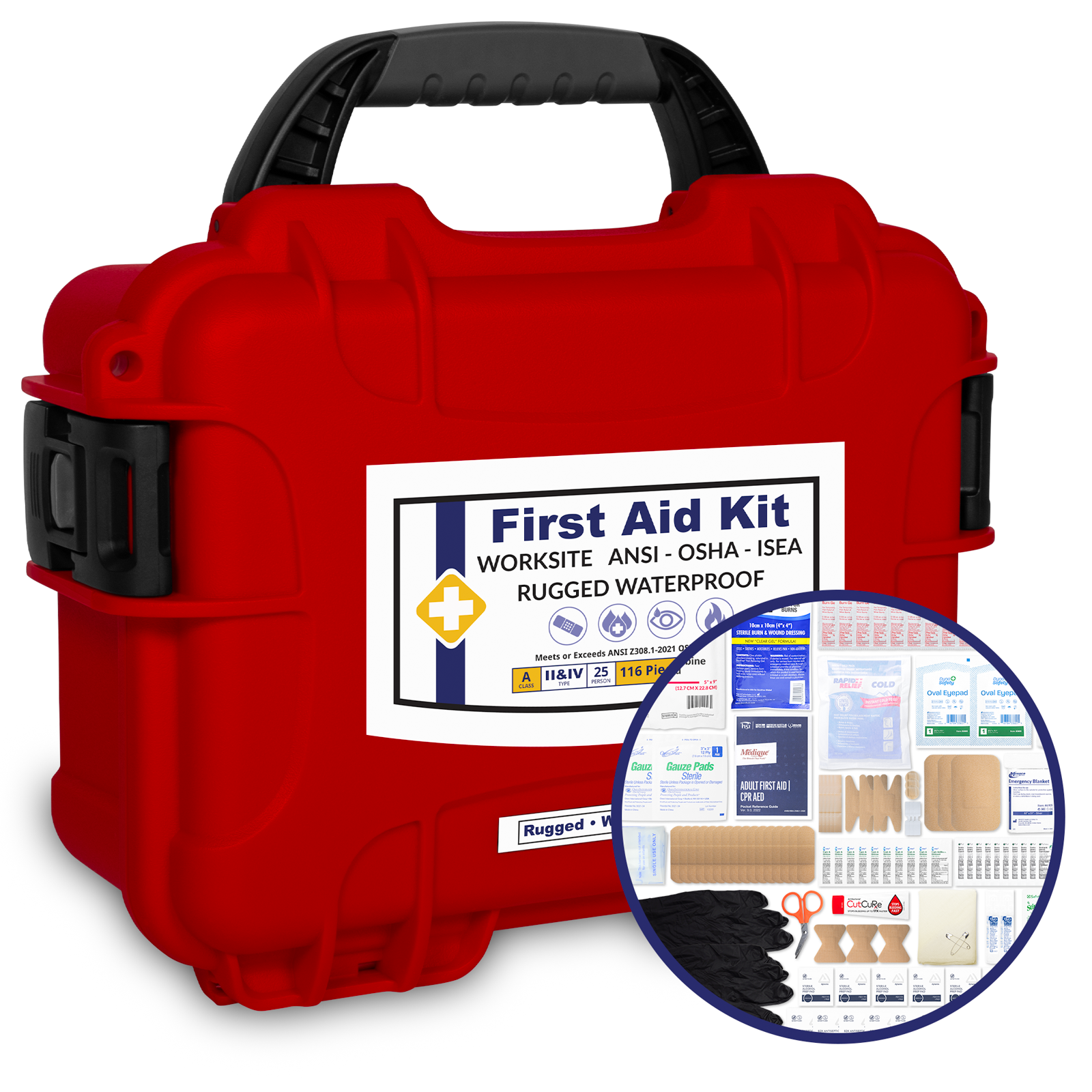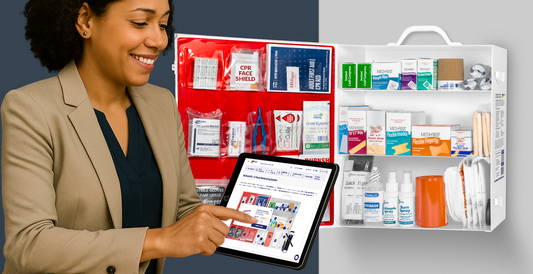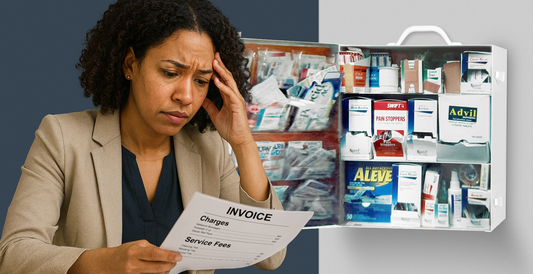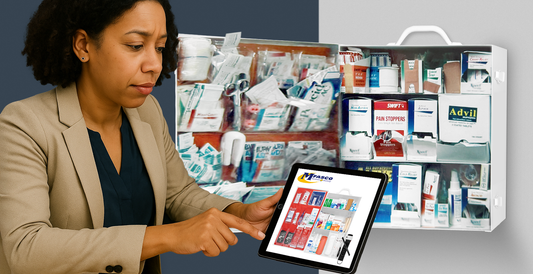The Top 4 Injuries on Construction Sites – Are You Prepared?

Common Construction Injuries: The Stats Speak for Themselves
Construction sites are among the most dangerous work environments, with certain injuries occurring more frequently than others. According to data from the Occupational Safety and Health Administration (OSHA), the top construction site injuries include:
- Falls
- Being struck by objects
- Electrocution
- Getting caught in equipment
These are often referred to as the "Fatal Four," as they account for more than 60% of construction-related deaths annually. Musculoskeletal disorders from overexertion, including muscle strains and back injuries, are also prevalent and can lead to long-term health issues if not addressed.
In addition to these high-impact accidents, overexertion injuries—such as muscle strains and back injuries from repetitive lifting—are common on construction sites. These injuries might not be fatal, but they can lead to long-term health complications and lost work time. By being prepared and having the right tools, many of these injuries can be managed effectively until professional help arrives.
What Should Be in Your First Aid Kit?
When preparing for construction site injuries, it’s critical to have a first aid kit that not only meets OSHA’s compliance standards but is also tailored to the specific risks of your work environment. A general first aid kit won't cut it in high-risk areas like construction. Kits designed for industrial settings, such as this OSHA Class A First Aid Kit, include everything from bandages to trauma pads, specifically chosen for job site hazards.
The following items should be a part of your construction first aid kit to ensure comprehensive coverage for common injuries:
- Trauma dressings for heavy bleeding.
- Cold compresses for treating sprains, muscle strains, and overexertion injuries.
- Burn care supplies, particularly important given the risk of electrical burns.
- Splints and elastic bandages for stabilizing fractures and sprains.
- Eye wash solutions to handle debris or chemical exposure.
For a more customizable approach, consider building your own first aid kit using tools like the Make Your Own Kit option, which allows you to tailor supplies to your site-specific needs.
Regular Maintenance and Training: Critical for Effectiveness
It’s not enough to have the right supplies; maintenance and training are essential. Ensure that kits are regularly inspected, restocked, and that workers are trained on how to use the tools within them. The importance of first aid training, including CPR and wound management, cannot be overstated. Many workers aren’t aware of how to use basic first aid items, which can reduce their effectiveness in emergencies.
Conducting frequent safety drills and training courses ensures that workers know how to respond when injuries happen. Training should focus on common construction site injuries and teach workers how to handle situations like applying a tourniquet, managing burns, and dealing with fractures.
Prevention First: Use of PPE and Proper Procedures
While first aid is essential, prevention is the first step. Workers should be equipped with Personal Protective Equipment (PPE), such as hard hats, safety goggles, and gloves, to minimize injury risks. OSHA Fall Protection Standards mandates that fall protection systems, including harnesses and guardrails, be in place when working at heights above 6 feet.
In addition, equipment safety protocols must be followed to prevent machinery-related injuries, and workers should have access to first aid kits designed specifically for these hazards. There are many options for OSHA-compliant workplace first aid kits that are built to handle tough environments .
Common Construction Site Injuries: Are You Prepared?
Injuries on construction sites can be mitigated through preparation, proper equipment, and regular training. Equipping your site with an OSHA-compliant first aid kit, regularly maintaining it, and training your workers on its use are all critical steps in keeping your team safe. For more information on outfitting your site with the right tools, visit MFASCO Health & Safety. By taking these proactive measures, you can help reduce the risk and severity of common injuries on construction sites.
Ensure that your construction site is prepared for any emergency, and make safety your top priority.
Contributing Expert

Mike Brinker
Mike Brinker has been working in the first aid industry for over 35 years. He has worked with thousands of businesses,groups, and organizations to provide a healthy and safe work environment. Mike helped create “Make-A-Kit”, the internet's only online first aid kit creation tool. He has also authored many helpful first-aid and safety-related resource articles found at the MFASCO Learning Center.
